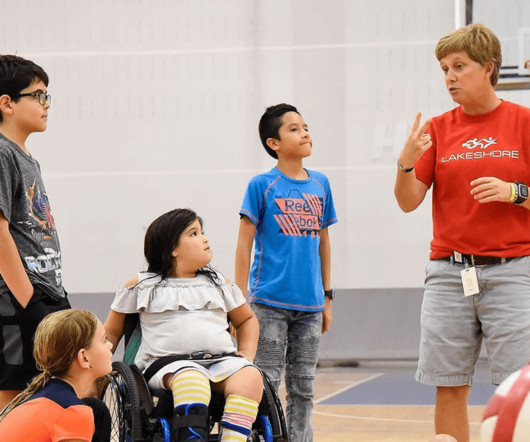PE Curriculum for K–12: Student-Centered, Standards-Based
PLT4M
JULY 25, 2025
From foundational movement to advanced fitness, our programs are structured, flexible, and student-centered. Beyond physical skills, elementary PE encourages social development. A quality elementary PE curriculum balances skill development, physical fitness education, and play.












Let's personalize your content